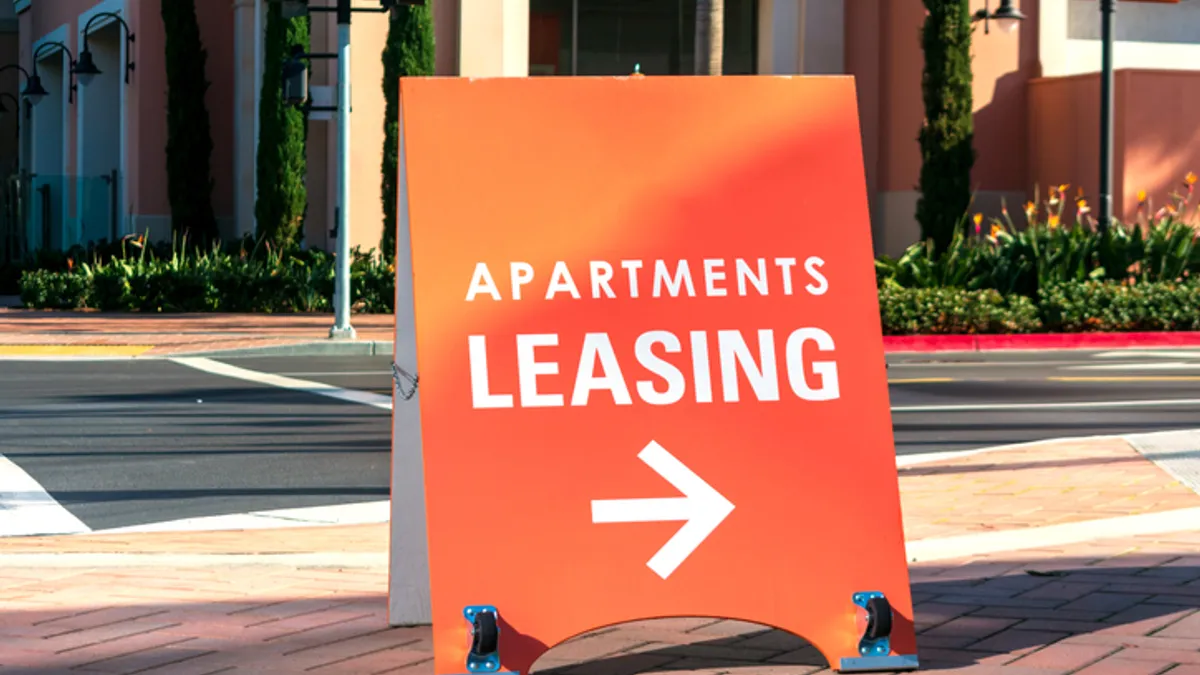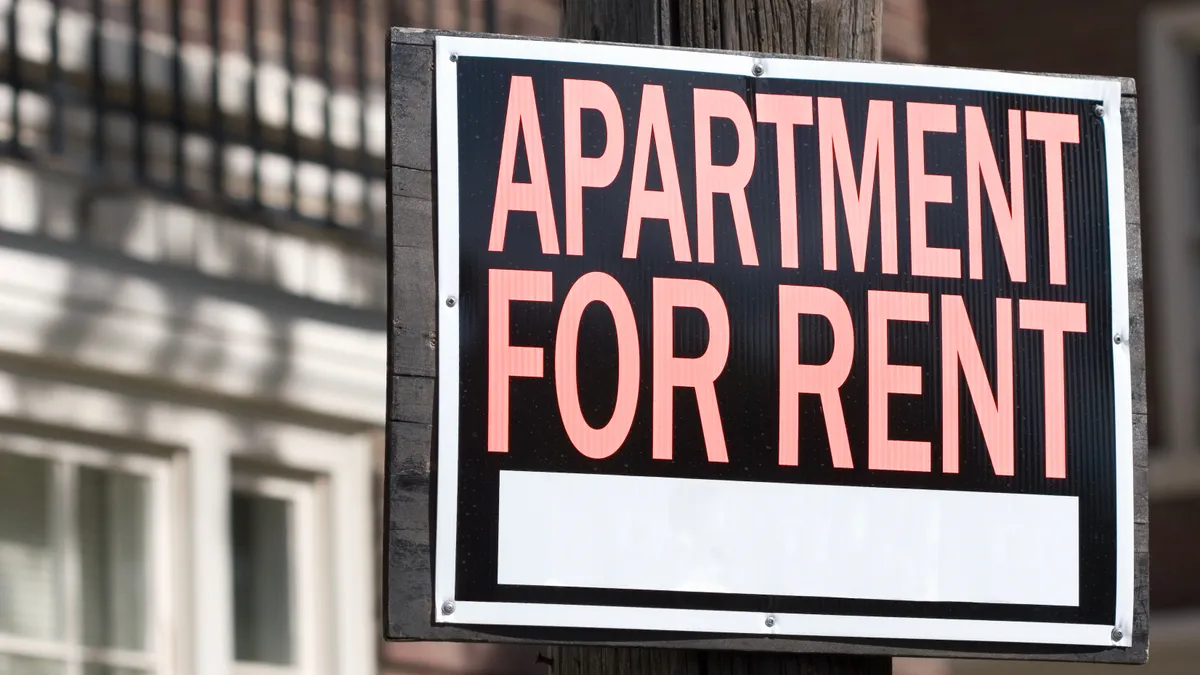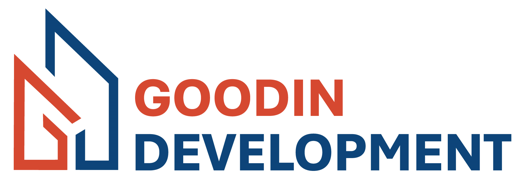Daleik Vaughn is a regional director at FirstService Residential, a property management company. He is also adjunct professor of residential property management at Nova Southeastern University in Fort Lauderdale, Florida. Opinions are the author’s own.
In the 2023 sports biopic Sweetwater, the NBA’s first African American player stuns the crowd with an electrifying new way to score a basket.
“It looked like a doughnut being dunked in a cup of coffee!” the announcer shouts, clearly amazed. The referee, less impressed, calls a technical foul. The Knicks’ coach protests: “Just because you’ve never seen it before doesn’t make it illegal.”
That moment reflects a broader truth about innovation — especially in the property management industry. Disruption often triggers discomfort. But that discomfort should not be confused with wrongdoing.

Revenue management software is one such innovation. Yes, it’s disruptive. Yes, it’s shifting how we price rental housing. But to conflate disruption with destruction is a fundamental misreading of the tool and its long-term value to our industry.
Recently, some of the nation’s largest property management firms — including Greystar and BH — reached a series of legal settlements totaling more than $140 million. These agreements were tied to lawsuits alleging collusion in rent pricing via RMS platforms. The headlines were attention-grabbing, but they risked misrepresenting the reality.
Let’s be clear: these companies admitted no wrongdoing. The settlements were business decisions — a way to move forward without the prolonged cost and distraction of litigation. And importantly, the use of RMS continues. As RealPage, a leading RMS provider, stated: “We do not anticipate needing to make any changes to our software for customers to continue using the products pursuant to any terms in these settlements.”
RMS has become a cornerstone of modern multifamily property operations. As I often teach in my Residential Property Management class, pricing decisions are no longer just about spreadsheets, instinct or anecdotal comps. Today’s operators require data-informed strategies that reflect real-time market conditions.
That’s where RMS shines.
These platforms enable property managers to dynamically adjust rents based on supply, demand, seasonality, competitor behavior and other key variables. They compress the rent review cycle from weeks to days. They help mid-sized operators adopt institutional-grade pricing strategies. They automate renewal offers. They even improve audit trails and compliance documentation.
The result? Improved operational efficiency, smarter pricing, and in many cases, higher renewal rates and net operating income.
Critics argue that RMS pushes rents upward — and in some tight markets, it does. But the same would be true without RMS. When demand exceeds supply, prices rise, regardless of the tool. What RMS does is quantify and accelerate the response to those trends.
On the flip side, in markets where supply is growing — such as Austin, Columbus, Miami and Nashville — RMS often prompts managers to reduce rents faster than they otherwise would have. Between May 2024 and May 2025, Austin’s median asking rent dropped 8.8%. That’s not price manipulation. That’s responsive pricing in action.
What’s more, RMS doesn’t just benefit landlords—it helps renters in the long run. When the software reveals that rents are too low to support development, it signals an opportunity. Developers respond by building more housing. Increased supply eventually balances the market, helping ease long-term affordability pressures.
Sustainable housing markets need informed, responsive pricing. Arbitrary rent controls and political grandstanding might feel good in the short term, but they send the wrong signals to developers, reduce housing starts, and ultimately hurt the very renters they aim to protect.
Banning RMS — as cities like San Francisco, Seattle and Philadelphia have attempted — is not a solution. Fortunately, momentum for those bans appears to be fading. Colorado Gov. Jared Polis vetoed a proposed statewide ban earlier this year. Federal proposals have stalled. The legal and political temperature is cooling.
So where does this leave us?
With clarity.
RMS is not going away. It is now a foundational tool in multifamily asset management. It helps bridge the gap between market reality and financial planning. And just like the slam dunk once reshaped basketball, RMS is reshaping how we manage rental housing — not by breaking the rules, but by rewriting the playbook.
To our politicians, industry leaders and owners: let’s not fear progress. Let’s understand it. And let’s harness it to build a stronger, smarter, and more resilient housing market.
Because innovation doesn’t need a foul — it needs a forward pass.



















